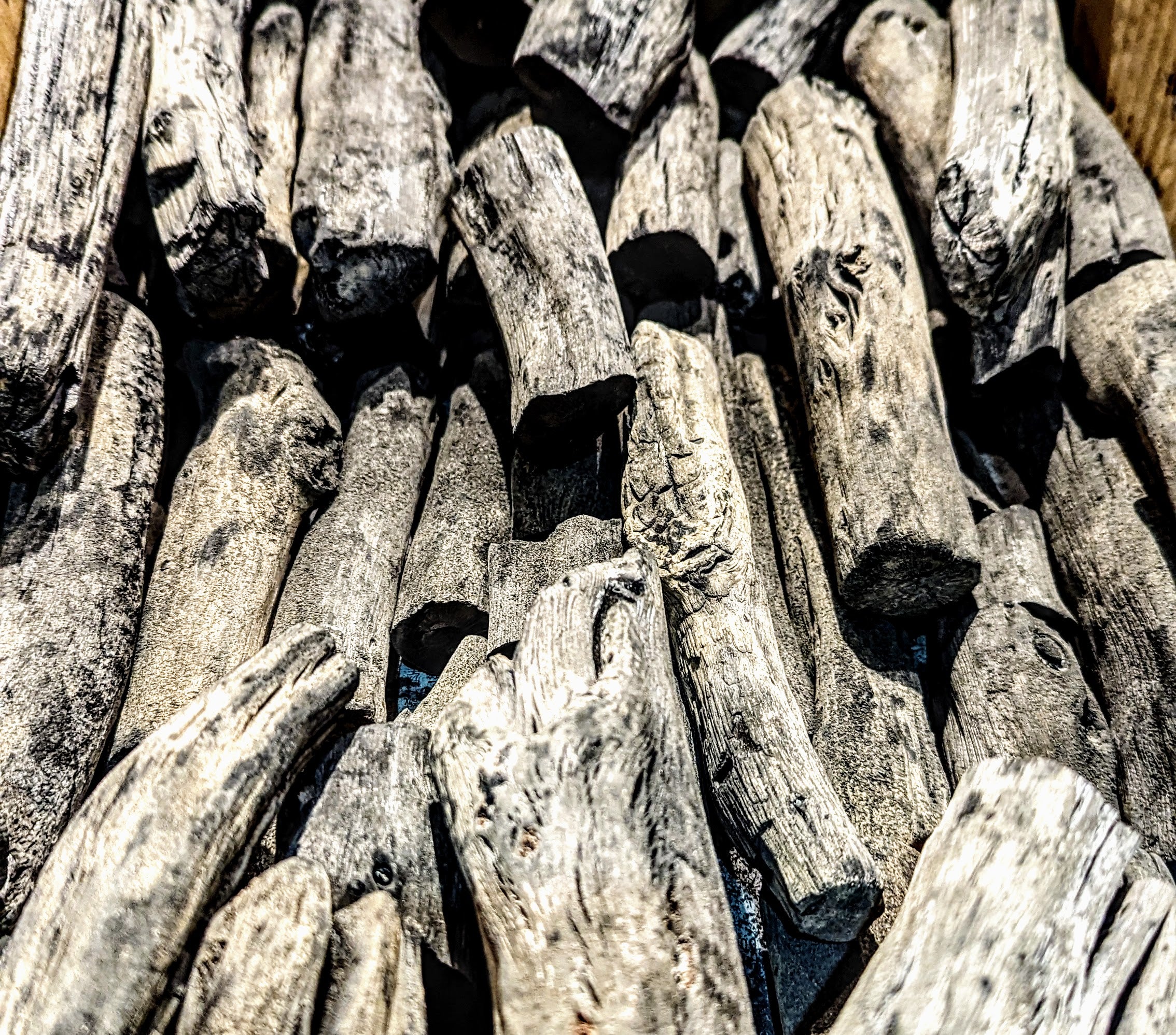
Kishu Binchotan, also known as white charcoal or white charcoal binchotan, has a long history and is traditionally produced in the Kishu region (now known as Wakayama Prefecture) of Japan. Binchotan is a type of high-quality activated charcoal that has been used for centuries in various applications, including water purification, cooking, and air filtration.
History: The production of binchotan in the Kishu region dates back to the Edo period (1603–1868). During this time, a craftsman named Bichū-ya Chōzaemon is credited with developing the technique for making white charcoal. The abundance of high-quality ubame oak (Quercus phillyraeoides) wood in the Kishu region contributed to the success of binchotan production. The traditional method of making binchotan involves a slow carbonization process in a kiln that can take several days.
Making of Kishu Binchotan: The production of Kishu Binchotan involves several steps:
Material Selection: High-quality ubame oak wood is selected for its density and lack of impurities. Other woods, such as holm oak or sawtooth oak, may also be used.
Cutting and Stacking: The selected wood is cut into manageable lengths and stacked in a specific arrangement inside a kiln. The stacking pattern is crucial to ensure proper carbonization.
Kiln Firing: The stacked wood is covered with a layer of earth or sand, leaving only a small opening at the top. The kiln is then fired in a process that involves gradually raising the temperature to around 1,000 to 1,200 degrees Celsius. The slow and controlled firing process is critical to the production of high-quality binchotan.
Carbonization: The wood undergoes carbonization inside the kiln, and volatile compounds are driven off, leaving behind pure carbon. This process typically takes several days.
Cooling: After carbonization is complete, the kiln is allowed to cool slowly. This gradual cooling process helps prevent the binchotan from cracking.
Sorting and Grading: The resulting charcoal is sorted and graded based on quality, size, and other factors. Higher-grade binchotan is often used for culinary purposes, while lower grades may be used for water purification or other applications.
Kishu Binchotan is known for its high carbon content, low ash content, and porous structure, which make it suitable for various uses, including water filtration, cooking, and as a natural deodorizer. It has gained popularity not only in Japan but also internationally for its unique properties and traditional craftsmanship.
Happy to announce a new batch of Kishu has just arrived back in stock.
Happy grilling!
- E
